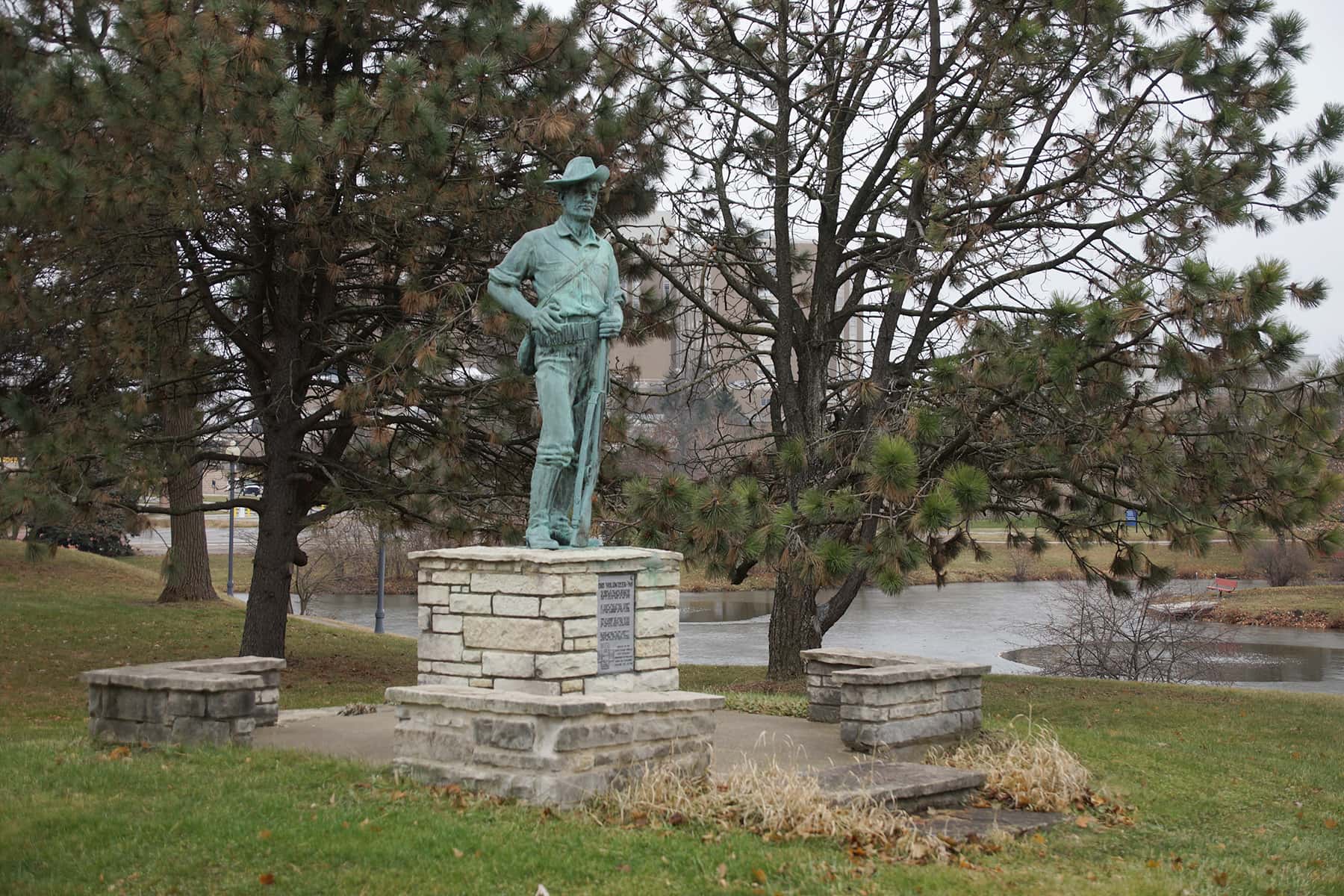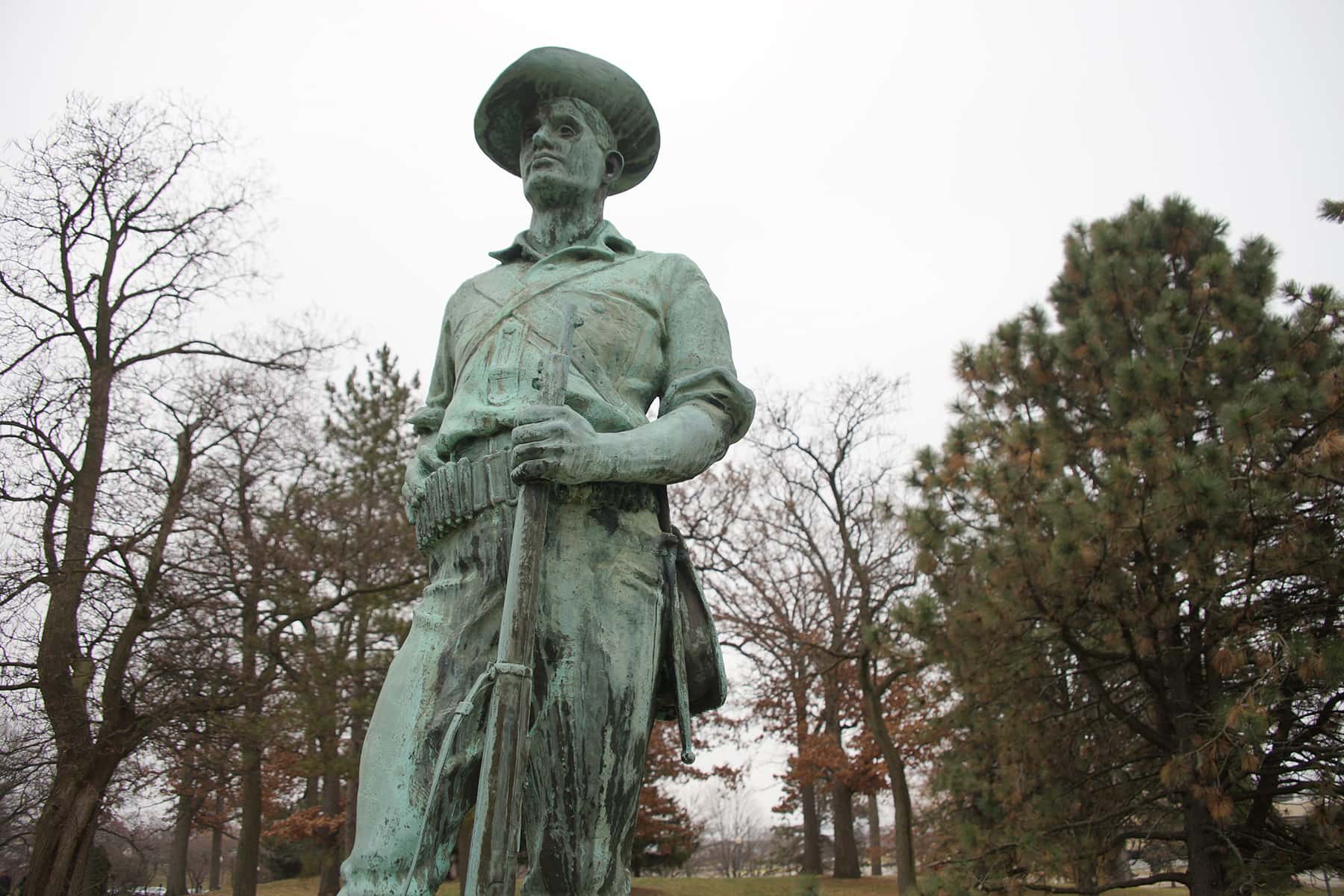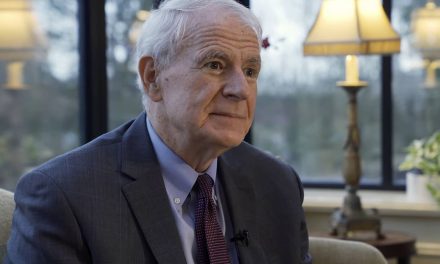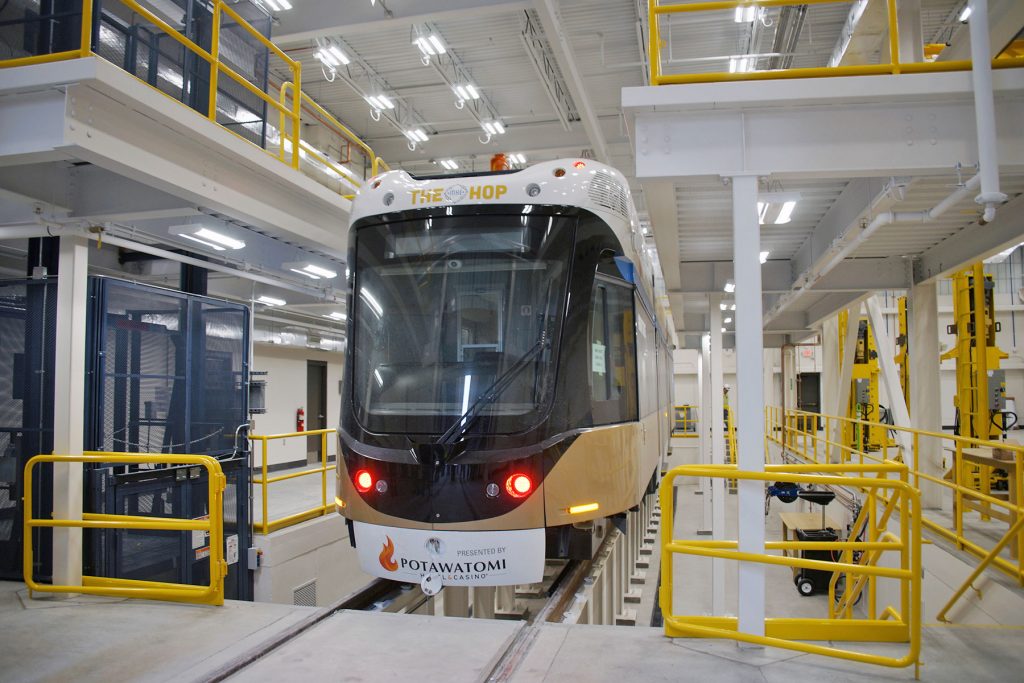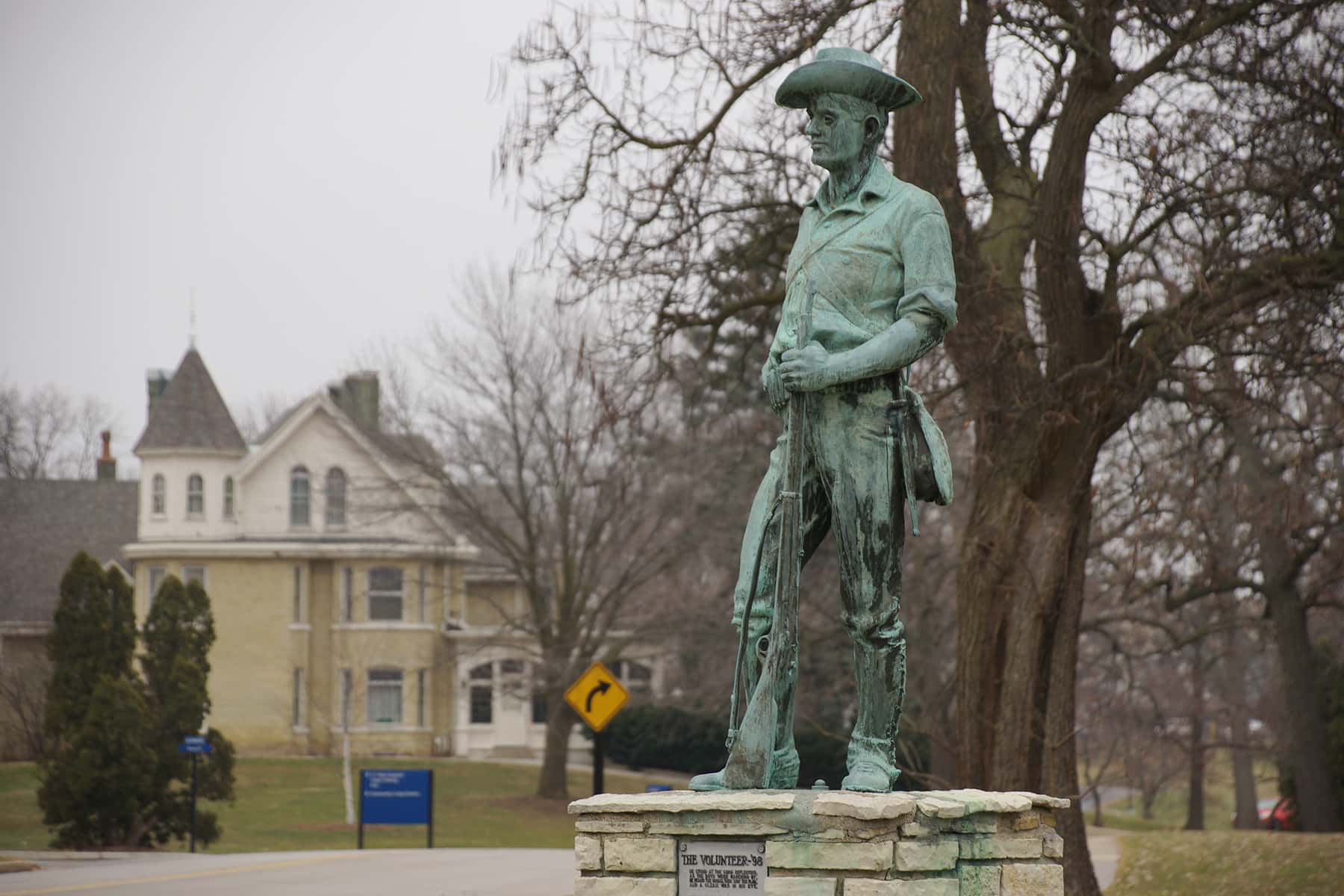
By Jamie Rowen, Associate Professor of Legal Studies and Political Science, University of Massachusetts Amherst
From the elderly who are facing deadly outbreaks in nursing homes to communities of color facing higher infection and death rates, different groups face different challenges from the coronavirus pandemic.
Among the most hard-hit are veterans, who are particularly susceptible to both health and economic threats from the pandemic. These veterans face homelessness, lack of health care, delays in receiving financial support and even death.
I have spent the past four years studying veterans with substance use and mental health disorders who are in the criminal justice system. This work revealed gaps in health care and financial support for veterans, even though they have the best publicly funded benefits in the country. Here are the eight ways the pandemic threatens veterans:
1. Age and other vulnerabilities
In 2017, the median age for veterans was 64; their average age was 58 and 91% were male. The largest group served in the Vietnam era, where 2.8 million veterans were exposed to Agent Orange. Younger veterans deployed to Iraq and Afghanistan were exposed to dust storms, oil fires and burn pits, and perhaps as a consequence have high rates of asthma and other respiratory illnesses. Age and respiratory illnesses are both risk factors for COVID-19 mortality. As of April 13, 241 patients in Veterans Administration health care facilities had died of COVID-19 and 4,000 have tested positive.
2. Dangerous residential facilities
Veterans needing end-of-life care, those with cognitive disabilities, or those needing substance use treatment often live in crowded VA or state-funded residential facilities. State-funded “Soldiers’ Homes” are notoriously starved for money and staff. The horrific situation at the Soldier’s Home in Holyoke, Massachusetts, where more than 40 veteran residents have died from a COVID-19 outbreak, illustrates the risk facing the veterans in residential homes.
3. Benefits unfairly denied
When a person transitions from active military service to become a veteran, they receive a Certificate of Discharge or Release. This certificate provides information about the circumstances of the discharge or release. It includes characterizations such as “honorable,” “other than honorable,” “bad conduct” or “dishonorable.” These are crucial distinctions, because that status determines whether the Veterans Administration will give them benefits.
Research shows that some veterans with discharges that limit their benefits have PTSD symptoms, military sexual trauma or other behaviors related to military stress. Veterans from Iraq and Afghanistan have disproportionately more of these negative discharges than veterans from other eras, for reasons still unclear.
The Veterans Administration frequently and perhaps unlawfully denies benefits to veterans with “other than honorable” discharges. Many veterans have requested upgrades to their discharge status. There is a significant backlog of these upgrade requests, and the pandemic will add to it, further delaying access to health care and other benefits.
4. Diminished access to health care
Dental surgery, routine visits and elective surgeries at Veterans Administration medical centers have been postponed since mid-March. VA hospitals are understaffed – just before the pandemic, the VA reported 43,000 staff vacancies out of more than 400,000 health care staff. Access to health care will be even more difficult when those medical centers finally reopen. As of Monday, April 13, 1,520 VA health care workers have tested positive for COVID-19, and thousands of health care workers are under quarantine. The VA is asking doctors and nurses to come out of retirement to help already understaffed hospitals.
5. Mental health may get worse
An average of 20 veterans commit suicide every day. A national task force is currently addressing this scourge. But many outpatient mental health programs are on hold or being held virtually. Some residential mental health facilities have closed. Under these conditions, the suicide rate for veterans may grow. Suicide hotline calls by veterans were up by 12% on March 22, just a few weeks into the crisis.
6. Complications for homeless veterans and those in the justice system
An estimated 45,000 veterans are homeless on any given night, and 181,500 veterans are in prison or jail. Thousands more are under court-supervised substance use and mental health treatment in Veterans Treatment Courts. More than half of veterans involved with the justice system have either mental health problems or substance use disorders.
As residential facilities close to new participants, many veterans eligible to leave prison or jail have nowhere to go. They may stay incarcerated or become homeless. Courts are moving online or ceasing operations altogether. It is unclear whether participants will face delays graduating from court-supervised treatments. Further, some Veterans Treatment Courts still require participants to take drug tests. With COVID-19 circulating, participants must put their health at risk to travel to licensed testing facilities.
7. Disability benefits delayed
In the pandemic’s epicenter in New York, tens of thousands of veterans should have access to VA benefits because of their low income – but don’t, so far. The pandemic has exacerbated existing delays in finding veterans in need, filing their paperwork and waiting for decisions. Ryan Foley, an attorney in New York’s Legal Assistance Group, a nonprofit legal services organization, noted in a personal communication that these benefits are worth “tens of millions of dollars to veterans and their families” in the midst of a health and economic disaster.
All 56 regional Veterans Administration offices are closed to encourage social distancing. Compensation and disability evaluations, which determine how much money veterans can get, are usually done in person. Now, they must be done electronically, via telehealth services in which the veteran communicates with a health care provider via computer.
But getting telehealth up and running is taking time, adding to the longstanding VA backlog. Currently, approximately 75,000 veterans wait more than 125 days for a decision. (That is what the VA defines as a backlog – anything less than 125 days is not considered a delay on benefit claims.)
8. Obstacles to getting stimulus checks
Veterans with the greatest financial need may not automatically receive their stimulus checks. Currently, those living on tax-exempt income from the VA must file a tax return to get a check. But e-filing a tax return is a significant obstacle for many, especially severely disabled veterans who may not have computers or know how to use e-file software.
There are many social groups to pay attention to, all with their own problems to face during the pandemic. With veterans, many of the problems they face now existed long before the coronavirus arrived on U.S. shores. But with the challenges posed by the situation today, veterans who were already lacking adequate benefits and resources are now in deeper trouble, and it will be harder to answer their needs.
Lee Matz
Originally published on The Conversation as 8 ways veterans are particularly at risk from the coronavirus pandemic
Support evidence-based journalism with a tax-deductible donation today, make a contribution to The Conversation.

